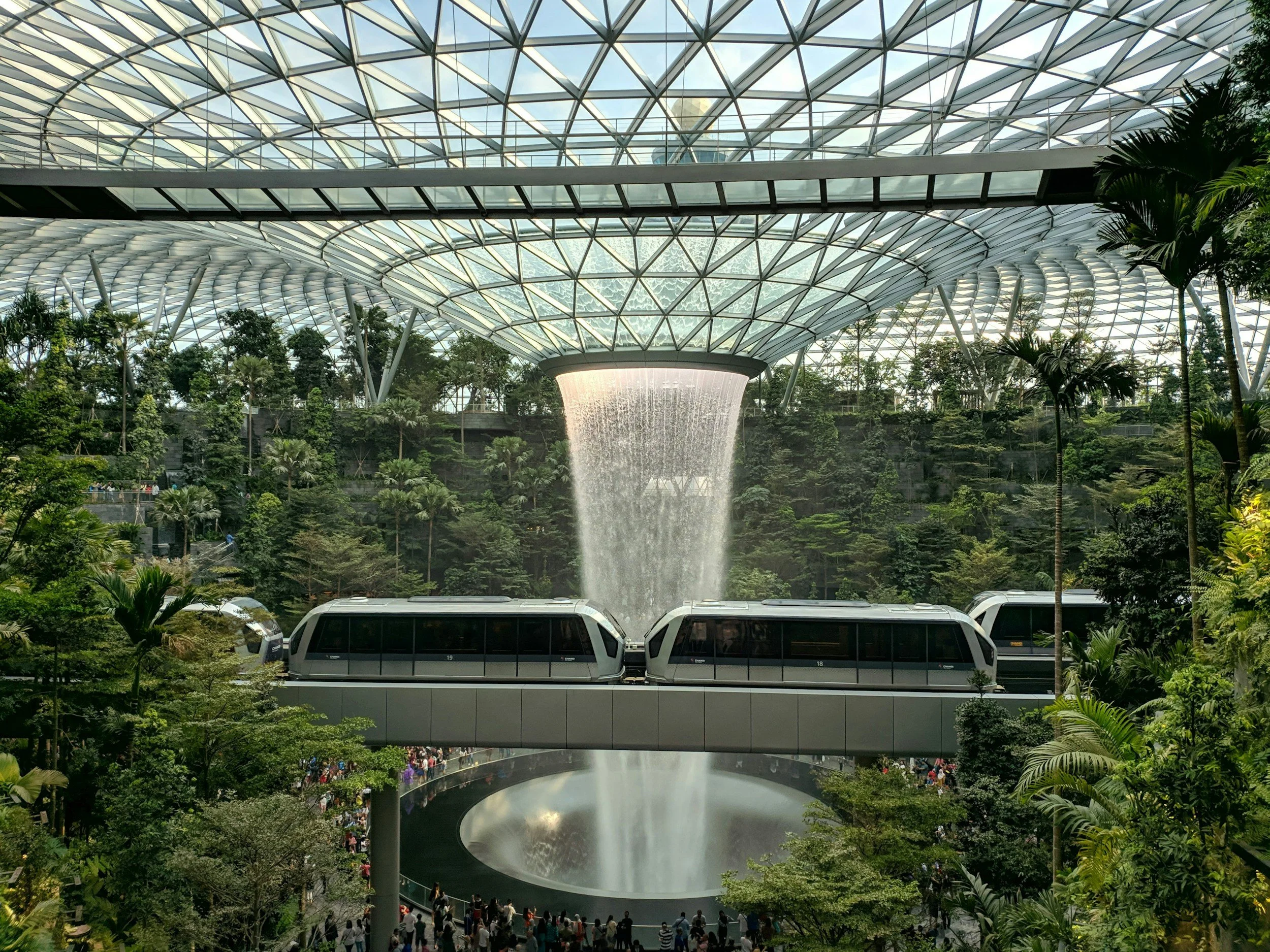
Blog
Ideas That Spread

What Does a Fully AI-Integrated Business Look Like?
Despite AI's potential to transform industries, many companies still struggle to implement it successfully across their entire business. Gartner reports that only 15% of enterprises have integrated AI into multiple processes, with many companies still stuck in the pilot phase. Challenges range from outdated infrastructure to a fundamental lack of AI expertise. But the real barrier often boils down to one thing: trust.

AI Stands for Artificial Intelligence, But What’s a GPT or an LLM??
Let’s be honest—how many AI buzzwords and acronyms do you really get beyond AI meaning Artificial Intelligence? Maybe you’ve heard of LLMs (Large Language Models) or know that a Neural Network has something to do with how machines "learn," but for most people, these terms fly right over our heads. Just like when www became part of our vocabulary or when the language of the .com internet exploded into the world, we had to learn a whole new language: megabytes, pixels, bandwidth. Sound familiar?

How EV Brands Are Rewriting the Rulebook (and What You Can Apply To Your Brand)
Throughout my career, I've had a front-row seat to the evolution of some of the world's most innovative brands. From the tech giants of Silicon Valley to the global disruptors in finance and energy, I've witnessed firsthand the power of brand building, identity design, and compelling communication. But nothing has captivated me quite like the electric vehicle (EV) revolution.

AI News Domination: How the Future of Content Control Is Shaping Humanity—and What We Can Do About It
By 2025, a staggering 40% of all search queries will be conducted through AI-based tools like Google’s Gemini, ChatGPT, Apple Intelligence and Perplexity AI, according to Gartner.
